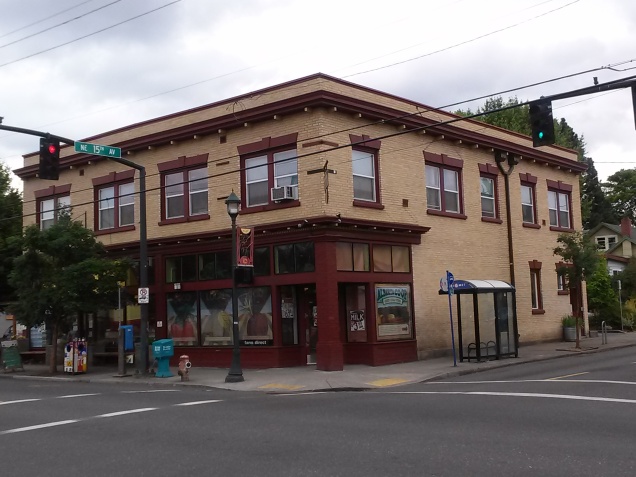
Fast Company put up a story that won’t go away. This sloppy clickbait piece does not help the cause of building housing at a price that working people can afford.
Here is the FastCompany piece: It costs $20,000 but it is nicer than yours
Here is a local piece From Arts Atlanta that puts the cost of building two of the $20K houses at $135,000
So what’s the deal? The folks running the Rural Studio in Auburn University’s Architecture Program set a goal of producing a house with a mortgage payment that someone living on Social Security in Hale County Alabama could afford. That’s how they arrived at $20,000 as the price of the house. The target price. The aspirational price. The price they hope to someday achieve. They have not done it yet. Not once. It would be good to refrain from giving people the impression that they have delivered the house for $20,000, if in fact they have not. Link to the Rural Studio 20K House
What they have managed to do is generate a lot of press that give the casual reader the mistaken idea that the 20K House actually only costs $20K and the Fast Company piece is just the latest bit of lousy fact checking to reinforce that misconception. Their idea is a well-intentioned one with a couple of important missing pieces. The Rural Studio site breaks their aspirational $20,000 number down into $12,000 for materials and $8,000 for contracted labor and profit. Houses and mobile homes for that matter in Hale County need a municipal sewer connection or septic tank and a municipal water connection or well. The cost of drilling a proper cased well, installing a pump , and building a septic system in Hale county is between $12,000 and $15,000. So even if $8,000 is enough to cover a builders labor cost, workmans’ comp. insurance, general liability insurance, office overhead, and profit on the house (and it isn’t) the project is $12,000 over the aspirational $20K budget if the homeowner does not have to pay for the land it will sit on.
An important lesson to teach young Architects in any studio course is that you should not leave large numbers out of a building budget. Math is unforgiving and cannot be erased with good intentions or a lot of PR. Maybe there is no such thing as bad publicity. If that is true, I guess the Rural Studio Folks won’t mind this blog post.





